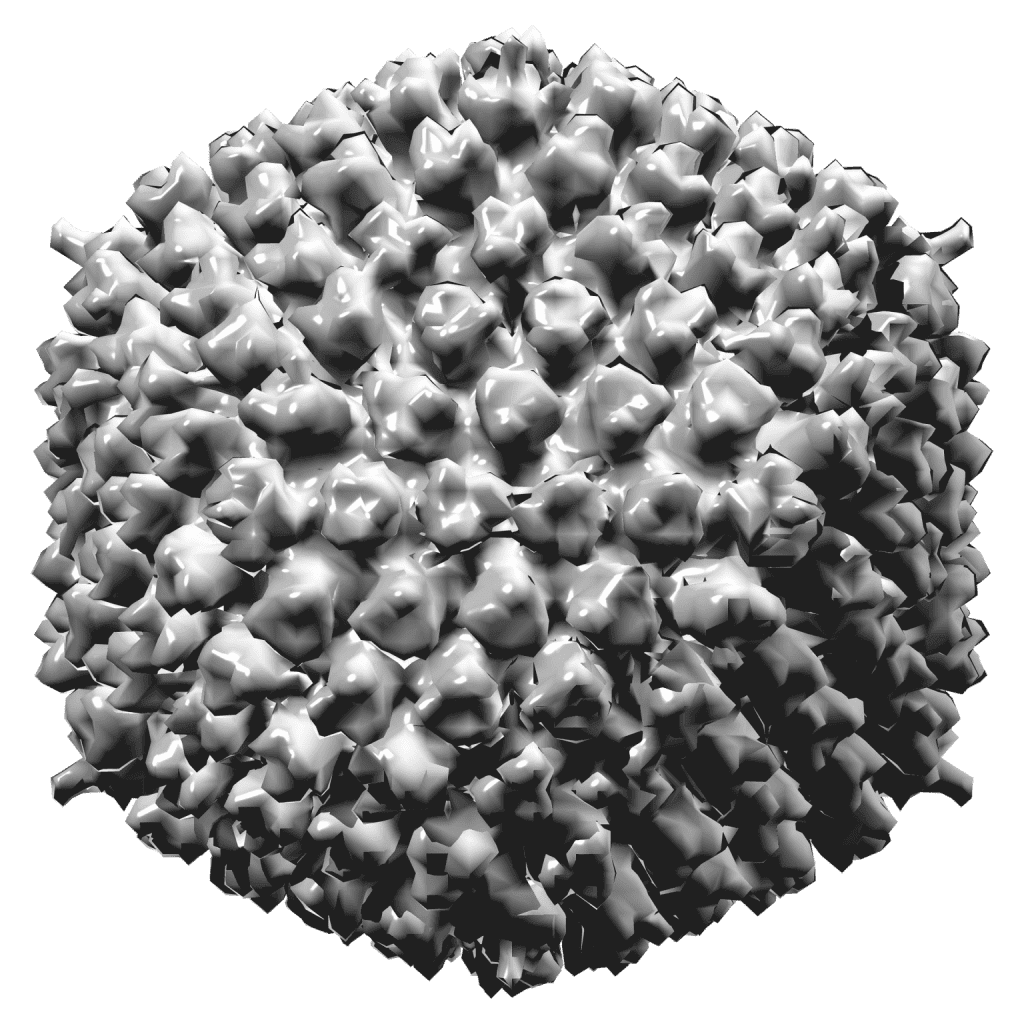
Who are you Adenovirus?
Adenoviruses (which, if I may, shall be referred to as “Adeno” from here on out), occasionally hit the headlines due to sporadic cases of significant morbidity.
Lately it’s been making the news due to its alleged association with the “mysterious” cases of new onset hepatitis (inflammation of liver), seen in countries around the globe.
Honestly, I have been meaning to tell you about Adeno for quite some time now, and this current outbreak provided a great impetus to sit and write.
Why is it even important to know about Adeno if it’s just a simple virus? Well mainly because it’s infamous in pediatric medicine since it can sometimes cause significant morbidity that we will delve into later in this article.
Who is Adenovirus?
This family of viruses includes more than 50 strains that can infect humans.
Some strains cause upper respiratory tract infections (to name a few 1-5, 7, 14 and 21), others cause an unpleasant conjunctivitis (e.g. 5,8,19 and 37) and we can’t forget those that cause GI disturbances such as diarrhea (serotypes 31,40 and 41). Preliminary data shows that the Adeno serotype involved in at least some of the cases of fulminant hepatitis is serotype 41.
What is the epidemiology of Adenovirus infection in children or adults?
Most Adenovirus infections occur in young children but it can affect all age groups. It is not limited to any particular season. Many outbreaks have been reported in crowded or closed environments such as military barracks or even tight communities (such as after swimming in a community pool or using shared towels) or even a pre-school community setting.
How do children catch Adenovirus?
Adeno is found in bodily secretions and can be passed from person to person through contact with these secretions. It can even survive on surfaces and infections have been reported after contact with a viable secretion on an inanimate object.
Often after a child has had an Adeno-infection, I then proceed to see his/her caretaker with telltale conjunctivitis for the next week or so. The child who naturally doesn’t have great immunity against the virus has a greater range of symptoms, while the adult who has been exposed in the past gets a mild cold and conjunctivitis. But remember, even a completely asymptomatic person can infect others via secretions. So it’s clear from the above that one thing is for sure – Adeno is highly contagious.
What are the symptoms of Adenovirus?
Well there are a couple of options:
Respiratory symptoms – from a slight cold to a horrible cough and even lower respiratory involvement. With or without fever.
Pharyngitis (sore throat) – Adenovirus is one of the common pathogens that causes viral pharyngitis with purulent exudates
Conjunctivitis – this symptom is very characteristic, a pink eye with purulent secretions
Diarrhea – Adeno is a common cause of diarrhea in children. With or without fever.
Furthermore, especially in young children and immunocompromised people, Adeno can cause liver involvement (hepatitis), brain involvement (encephalitis) and really, it can affect any organ.
What about the hepatitis (inflammation of the liver) reported in several countries throughout the world?
Up until June 2022, hundreds of cases of “mysterious” hepatitis were reported in the world, most cases from England and the United States. The age range spans from one month to about 18 years of age. Not all cases were checked for Adenovirus, but Adenovirus was found in many of the cases that were checked for Adeno, possibly serotype 41. It’s unclear if the hepatitis is a due to direct damage caused by Adeno or indirect damage through an immunological reaction.
This is still just the preliminary data, with a lot of speculation and very little tangible scientific data.
So, as always, we’ll follow the next reports, and we’ll avoid unnecessary panic.
How does a pediatrician identify Adenovirus?
An experienced pediatrician can suspect an Adenovirus infection based on symptoms alone. Especially in a young child with tonsillar exudates and conjunctivitis. I always say that Adeno is a “wet” disease – the child has a runny nose, tearing eyes and diarrhea. On the other hand, it’s clear to me that many cases of Adenovirus are not diagnosed since its symptomology overlaps with so many other viruses.
What about a definitive diagnosis of Adeno?
It’s interesting.
In terms of blood work – Adeno can cause high markers of inflammation, resembling a bacterial infection.
In terms of microbiological analysis, Adenovirus can be isolated from bodily secretions through methods such as rapid detection and PCR tests. Reference labs can even identify the exact serotype. However, these tests are usually only performed in acute hospital settings and are rarely employed in the outpatient setting.
Is there a treatment for adenovirus?
In the overwhelming majority of cases, especially in the outpatient setting, the treatment is solely supportive treatment.
Antipyretics are used to lower temperatures and alleviate pain, hydration for diarrhea and steroid eye cream for conjunctivitis. Read more here of treatment of eye infections in children.
In the hospital setting, especially in cases of disseminated cases in immunocompromised patients, the anti-viral medication, Cidofovir, can be employed.
Is there a vaccine for Adenovirus?
This is purely anecdotal.
There is an oral live attenuated vaccine that targets serotypes 4 and 7. This vaccine is used for adults (18-50 years old) in military settings in the U.S and has been proven to reduce morbidity in the upper respiratory tract.
At this point, there is no plan to vaccinate children.
How can Adenovirus infection be prevented?
Good hygiene, especially good hand hygiene. Children with Adenovirus should stay home, especially in the pre-school settings to prevent unnecessary infection.
So what did we learn about Adenovirus?
Adeno is a relatively virulent virus that causes significant morbidity in children. It can be prevented by meticulous hygiene.
And now, regarding the new adeno epidemic that causes hepatitis – well, we will follow and update.
For comments and questions, please register
